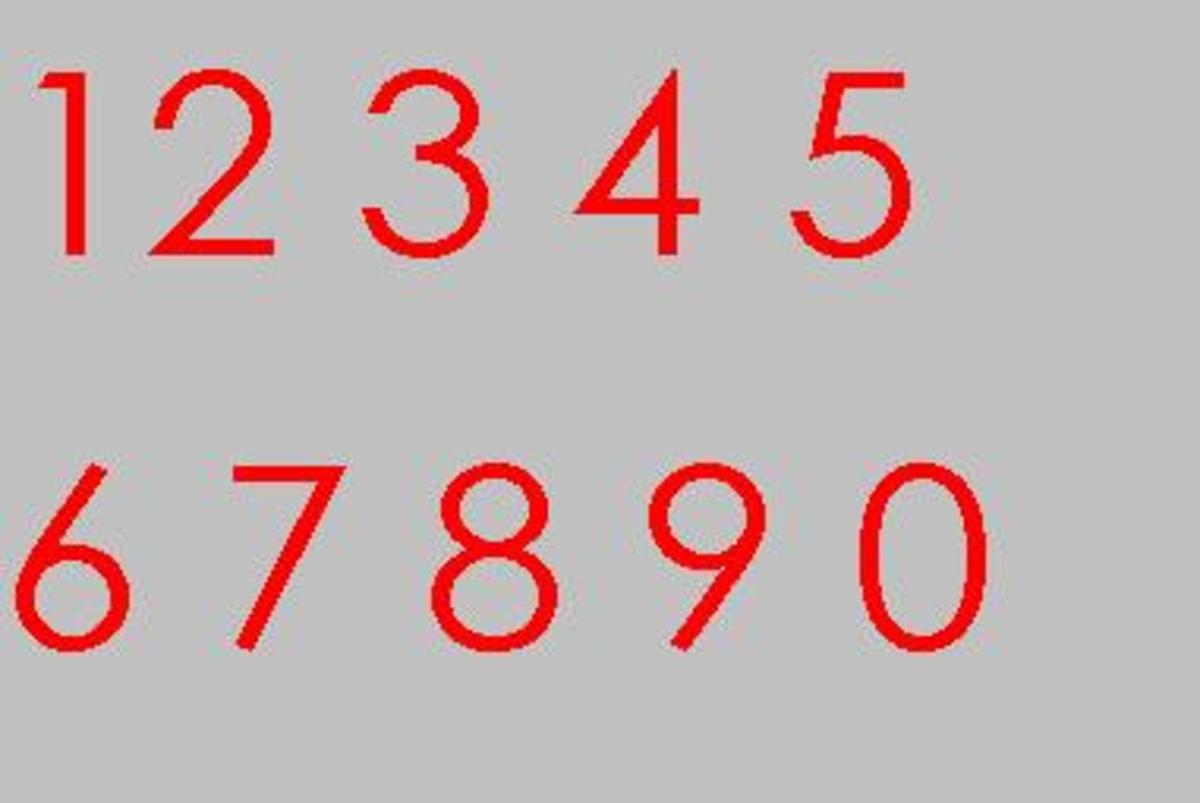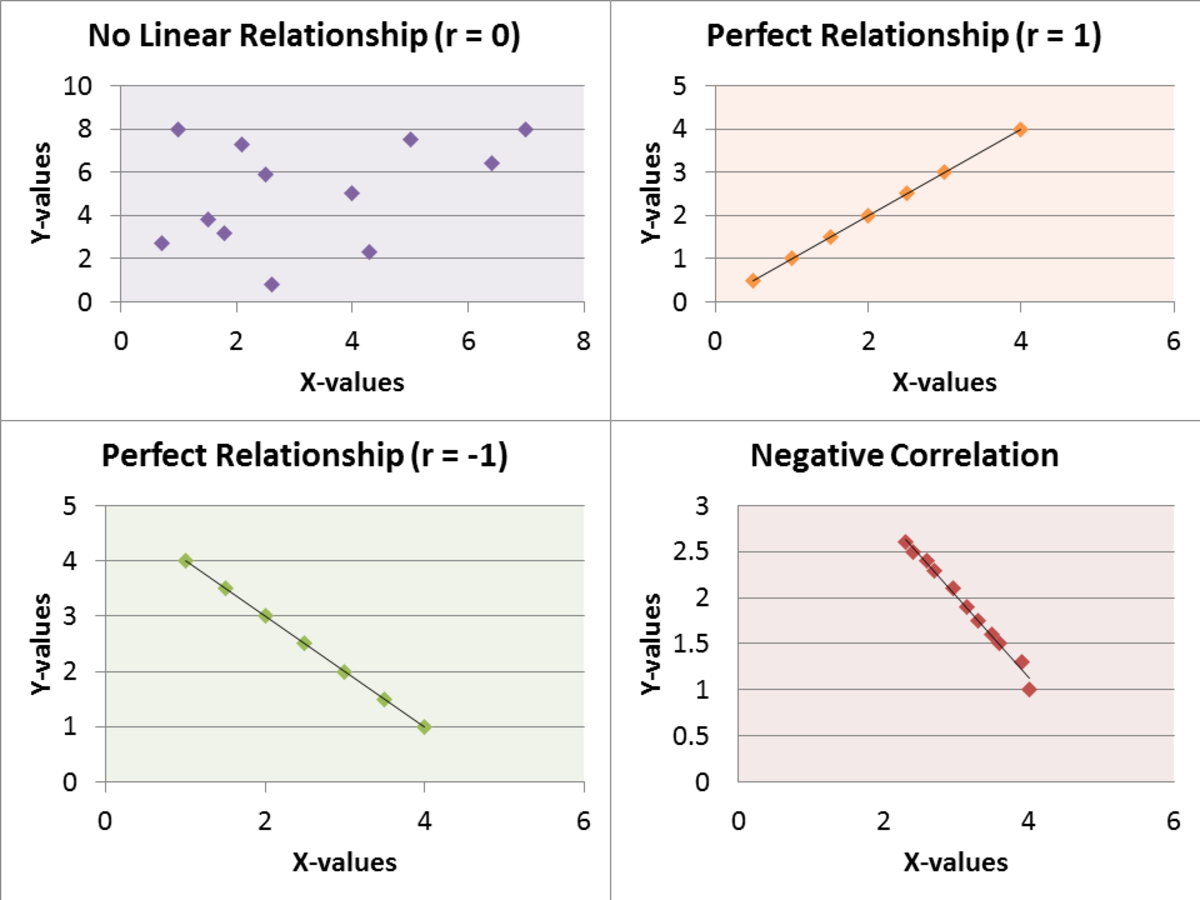Probability: An Introduction to Counting and Combinatorics
A Motivating Introduction
We begin with an intuitive approach to probability. We will begin with the concept of counting, which is essentially a way to find the total number of outcomes given a certain number of outcomes for each circumstance/experiment.
EX 1: I have two types of ice cream: vanilla and chocolate. I also have three types of toppings: sprinkles, cookie dough and chocolate chips. How many different combinations of ice cream exist?
ANS: We know that with vanilla, there are three possible choices of toppings. We also know that with chocolate there are three possible choices of toppings. Therefore there are 3+3=2*3=6 different combinations of ice cream that exist.
EX 2: I have 200 types of ice cream, and 100 types of toppings (that would be pretty crazy!). How many different combinations exist?
ANS: Here we see that if we do not have a systematic method of approaching this problem, then this problem might take hours. Therefore, it is important to bring up an important principle towards counting. If you looked at the previous example, in the end, we counted up the number of ice creams and multiplied it by the number of toppings. We are able to do this here because there are 200 different choices, EACH with 100 different additional choices. Therefore, the solution must be 200*100=20,000 different combinations.
A General Definition to the Motivating Examples
If there exists n1,n2,......,nk , of which there are k trials with nj for j=1,.....,k number of possibilities for each experiment, then the total number of possibilities is the product of the possibilities from each trial.
EX 3: There are a group of three different pencils, three different notebooks, and three different folders. How many different combinations of pencils, notebooks, and folders are three assuming you take only one object from each group?
ANS: The answer is the product of the number of objects in each group, which is simply 3*3*3=27.
Further Examples
EX: Suppose we are given a function that only outputs 1, 2, or 3 for an input of 1,.....,k. What is the number of different functions that exist?
ANS: It follows that for each input there are three different choices, so the product of 3 multiplied k number of times is 3k. Therefore, there are 3k different functions.
EX: Suppose we want a string of five numbers in the first five positions and a string of 4 letters in the last four positions, all without replacement. What is the total number of possibilities for these sequence of strings of numbers and letters?
ANS: This is a fairly tricky question because of a very, very important phrase that will pop up as you continue your probability studies: WITHOUT REPLACEMENT. That is, the first number can have all the choices (0 through 9=10 choices), the second number must have one fewer choice (9 choices) since the first one took one of the choices), and so on. Therefore, for the numbers, there are a total of 10*9*8*7*6 different positions for the numbers. For the letters, there are 26 different possibilities for the first choice, 25 for the next choice, and so on. Therefore, there are a total of 26*25*24*23 choices for the string of letters. Therefore, there are a total of 10*9*8*7*6*26*25*24*23 number of different combinations for this sequence of numbers and letters.
A Gentle Introduction to Permutations and Combinatorics
The idea of permutations involve the number of ways to order a certain sequence of letters, objects, numbers, etc. This is denoted as: n!=n(n-1)(n-2)(n-3)...(1).
Example: If you wanted to know the number of possible orderings of 1,2, and 3. There are 3! possibilities, which is 3*2*1=6. To verify, since this is not that large of a sequence we can show this:
123, 132, 213, 231, 312, 321
Combinations are a slight modification in that you choose a certain number k, where k<n (n is the total number of objects in the sequence). The formula is n C k (n choose k) = n!/[(n-k!)(k!)].
Example: Suppose there is a group of 40 people who are hoping to be selected for a job. There are only three positions available. What is the number of arrangements?
Using the formula, there are a total of 40 people, and there are a total of 3 people chosen. Therefore the number of arrangements is 40 C 3, which is 40!/[3!*37!].
Practical Application of Combinatorics: The Binomial Theorem
The binomial theorem is stated as thus:
(x+y)n=Σk=0n (n C k)xkyn-k. The sum is a little weird looking but basically it is going from k=0 to k=n.
Why is this useful? We can actually find the coefficients of certain terms in the expansion of (x+y)n! So, let's do a quick example. We know that for (x+y)3, the coefficients will be 1, 3, 3, 1 because of Pascal's triangle. The coefficient in our case is simply the (n C k). So let's have n=3 and k=2 and 3 (we must verify that these two are the same with values 3). So (3 C 2)=3!/[(1!)(2!)]=3 and (3 C 1)=3!/[2!*1!]=3. So, if you have n=30 and k=4, instead of trying to factor (x+y)30, use this handy formula to find the coefficients! If you need to expand, then this is a great tool as well, especially when you have n=15 or 20, where you might not be too sure of the Pascal's triangle at these values









